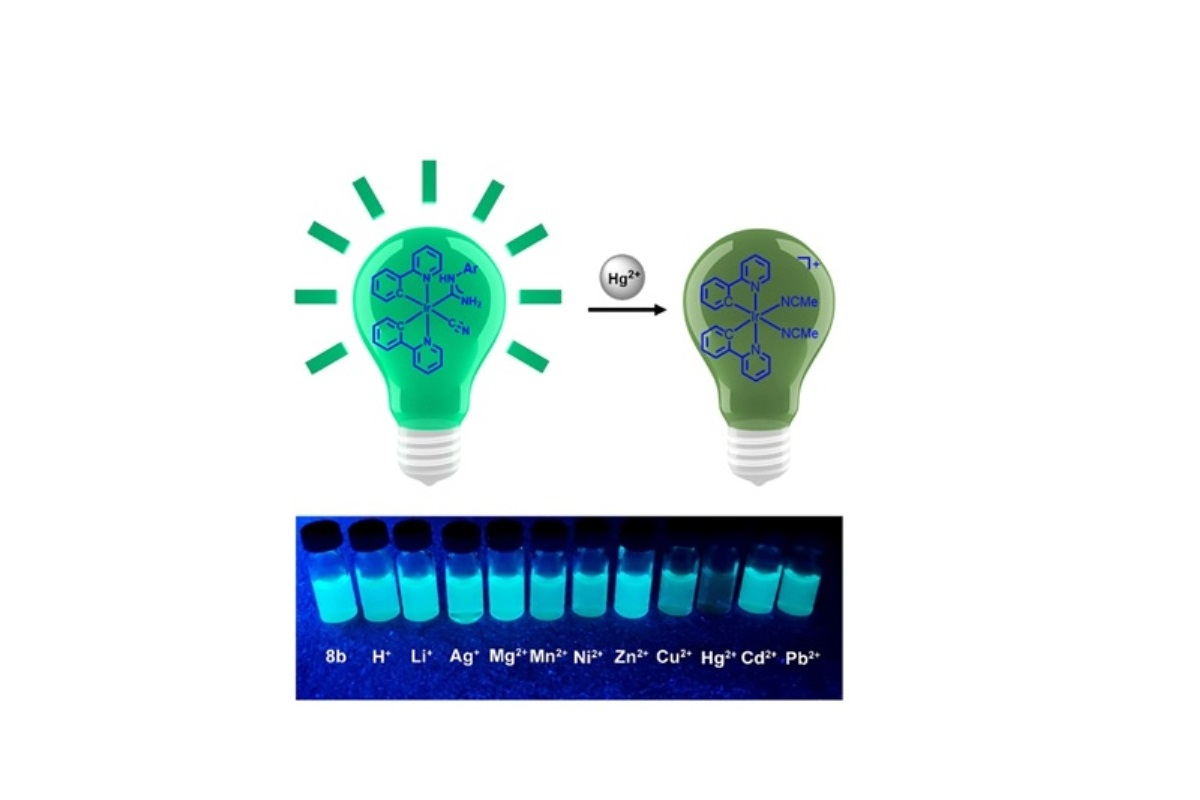Chemists from St Petersburg University develop a highly sensitive sensor for detecting mercury in the environment

Chemists from St Petersburg University together with their colleagues from ITMO University, the University of Liverpool (UK) and Delft University of Technology (Netherlands) have developed a highly sensitive mercury detection sensor. It opens up access to a new class of compounds that can be used to detect heavy metals in the environment.
The research findings have been published in the journal of the American Chemical Society Inorganic Chemistry/
Mercury and its compounds are extremely toxic and can cause a wide range of diseases of the nervous system, liver, kidneys, respiratory tract and other organs. Mercury compounds can accumulate in the body and lead to serious chronic poisoning even when the exposure is to small amounts of mercury over several years. The World Health Organization considers mercury to be one of ten key chemicals or groups of chemicals that pose a critical public health problem. Manufacturing facilities, the mining industry, and the burning of fossil fuels generate environmental pollution with mercury. Additionally, mercury is contained in fluorescent lamps and medical thermometers and, if improperly disposed of, can be released into the environment. Therefore, the task of determining the mercury content in the environment, including that in extremely small quantities, is essential for improving the quality of life.
One of the most sensitive methods of quantitative analysis in chemistry are the methods based on the measurement of luminescence – the luminosity of a substance under the influence of external radiation. The high sensitivity of luminescent analysis methods determines their special role in the qualitative and quantitative determination of trace elements in high-purity substances, in toxicology, and in the analysis of pharmaceutical drugs. Moreover, one of the most promising sensors used in this method are luminescent metal-organic compounds. The metal atom in the composition of these compounds – usually a platinum or iridium atom – provides effective luminescence, and the selection of the structure of the organic fragment makes it possible to achieve high sensitivity with respect to the substance being determined.
For several years, the research team of Mikhail Kinzhalov, associate professor of St Petersburg University and Candidate of Chemistry, has been developing materials with the desired properties based on complexes of platinum group metals with acyclic diaminocarbene ligands.
Traditionally, such complexes are used in the catalysis of organic reactions, since they make it possible to synthesise pharmaceutically important organic compounds in environmentally safe conditions. However, such compounds have not been used before in chemical analysis. Therefore, the sensory properties of this class discovered by the scientists have laid the foundation for a new class of sensors.
Mikhail Kinzhalov, associate professor of St Petersburg University, Candidate of Chemistry
During the research, the scientists synthesised six new types of luminescent complexes of iridium with diaminocarbene ligands and analysed the response of their radiation to the presence of metal cations. Although all the compounds have highly efficient luminescence, the radiation of only one type of complex disappears when mercury compounds are added. This makes it possible to use this complex as a highly sensitive sensor for mercury. The detection limit of the toxin is 0.04 mg/l, which is an order more than the maximum allowable concentration of mercury in fish and seafood. Detection of mercury is not affected by the presence of compounds of other heavy metals: copper, zinc, lead, cadmium, silver and others. The developed technique based on optical detection makes it possible to obtain information on the presence and concentration of mercury compounds in liquids in just a few minutes in laboratory setting.

